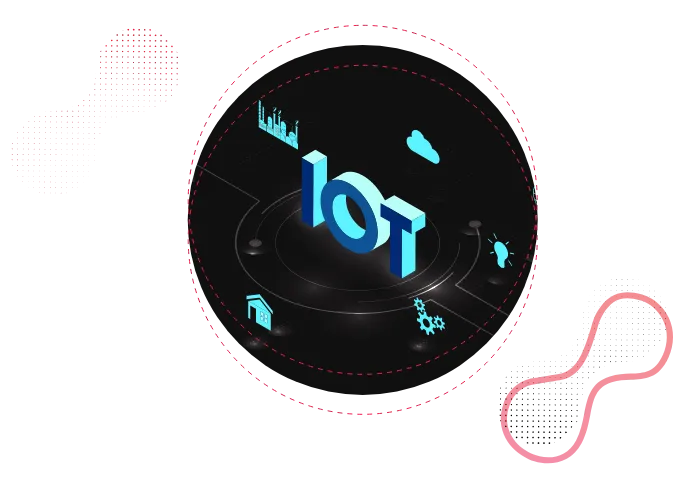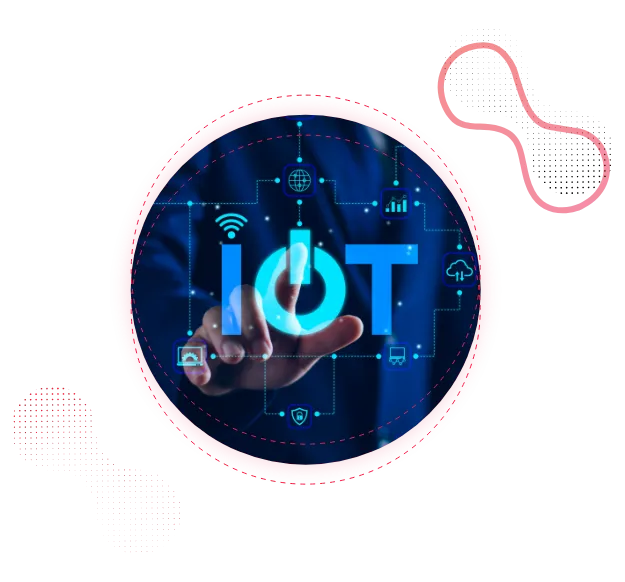
Embrace the IoT Technology
With global coverage through our partner network and tailored solutions for Mobile Operators, OEMs, and Service Providers, we empower your success in the interconnected world of IoT.
Designed to address the shortcomings of previous provisioning standards, this specification offers enhanced adaptability for IoT deployments. Committed to technological excellence, this development delivers increased flexibility, scalability, and compatibility to clients.
The eSIM IoT of the Future
The initial potential of eSIM promised a dynamic future for connected devices. However, existing standards, notably the M2M and Consumer eSIM standards, presented challenges in IoT deployments and were not suitable for a wide range of devices. The industry needed a refined standard.

In response to the industry’s call, GSMA introduced SGP.32. This technical specification, tailored for IoT devices with network constraints or without user interfaces, brings substantial enhancements. Central to this system is the SM-DP+ an integral component operated by eSIM providers. In conjunction with the IoT Profile Assistant (IPA) and the eSIM IoT Remote Manager (eIM), the SGP.32 solution aims to optimize profile management and connectivity.
Features:
- Simplified Integration: Through the SM-DP+, consistent interactions between devices and their managers are ensured.
- Enhanced Flexibility: The system supports effortless transitions between connectivity providers.
- Broad Applicability: The adaptation of SGP.32 caters to a wide range of IoT devices, regardless of network or UI limitations.

What Are the Improvements of This New Standard?
The new IoT eSIM standard brings notable advancements compared to the existing M2M eSIM standard, predominantly utilized in the IoT and M2M sectors.
A key enhancement is the removal of the SM-SR lock-in issue present in the M2M standard. With the IoT eSIM standard, devices can communicate with any SM-DP+ without needing pre-configured integrations, thus eliminating the need for technical integrations between network operators. This change allows for the initiation of profile downloads without vendor lock-in.


Additionally, unlike the M2M eSIM standard, the new IoT eSIM standard does not require SMS to complete profile downloads. This feature is particularly beneficial for network-constrained IoT devices, such as those using NB-IoT, which may lack SMS capabilities. The new standard supports a broader range of protocols to accommodate various device categories.
While SGP.32 will introduce significant enhancements and may eventually become the primary standard for M2M eSIM management, it is expected to coexist with SGP.02 for the foreseeable future. This coexistence allows for a flexible and gradual transition, ensuring that existing M2M deployments continue to function effectively while enabling the adoption of new and improved capabilities offered by SGP.32.
